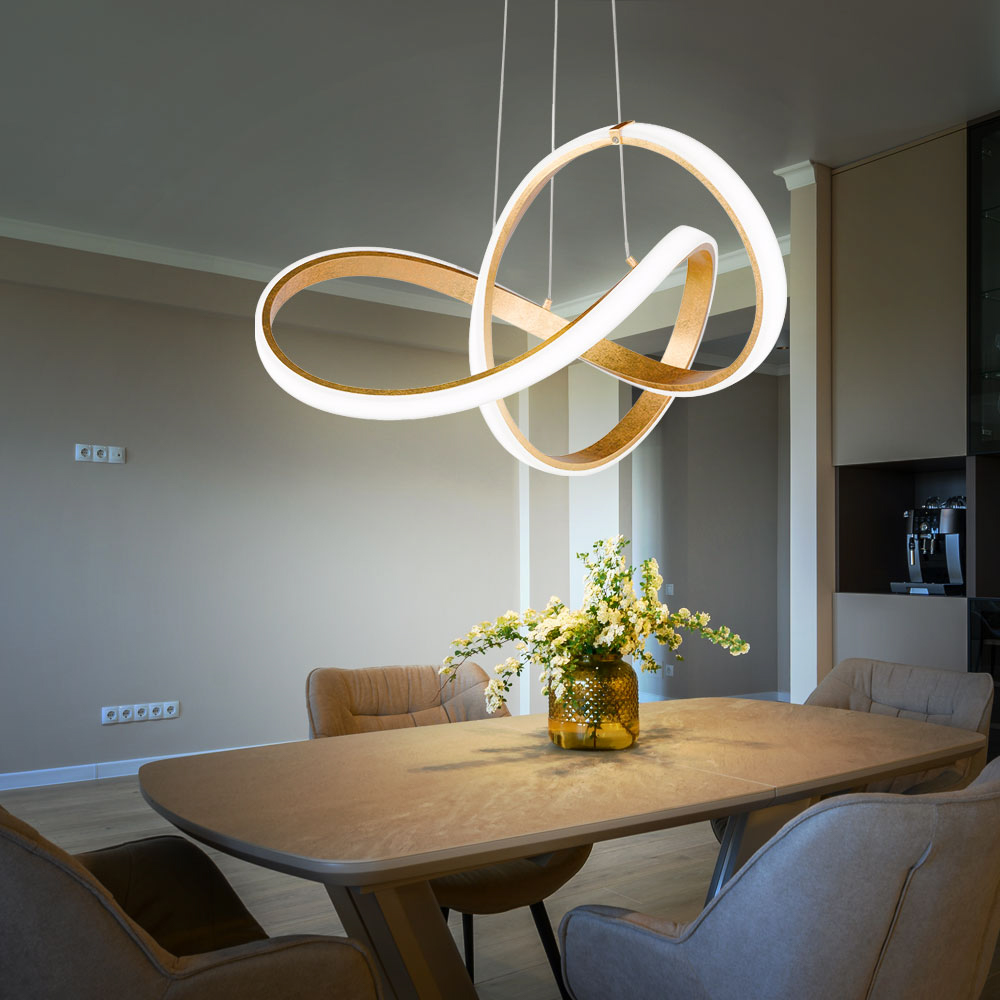Introduction
Industrial light is an essential component of modern manufacturing processes, as it plays a crucial role in enhancing visibility and improving the overall efficiency of industrial operations. In this article, we will delve into the different types of industrial lighting available, their importance in manufacturing, and some of the challenges that can arise when implementing industrial light solutions.
Types of Industrial Lighting
There are several types of industrial lighting options available, depending on the specific application and requirements of the manufacturing operation. Some of the most common types of industrial lighting include:
High-Intensity Discharge (HID) Lighting
HID lighting is characterized by its high power output and long lifespan. This type of lighting is commonly used in industrial settings where large, open spaces need to be illuminated, such as warehouses, loading docks, or manufacturing facilities.
Fluorescent Lighting
Fluorescent lighting is a cost-effective and energy-efficient option that is commonly used in commercial and industrial settings. This type of lighting provides bright, even illumination and can be used to light up both large and small spaces.
LED Lighting
LED lighting is becoming increasingly popular in industrial settings due to its energy efficiency, long lifespan, and low maintenance requirements. LED lighting can be used to provide targeted illumination for specific areas of an industrial facility, making it an ideal solution for precision manufacturing processes.
The Importance of Industrial Lighting in Manufacturing
Industrial lighting plays a critical role in ensuring operational efficiency and maintaining a safe working environment in manufacturing facilities. Proper lighting can help improve productivity by enabling workers to see clearly and work efficiently without straining their eyes or causing fatigue. In addition, good lighting can help enhance quality control processes by ensuring that workers can accurately inspect products, identify defects, and track overall product quality.
Challenges in Implementing Industrial Light Solutions
While industrial lighting is essential for ensuring operational efficiency and worker safety, there are several challenges associated with implementing industrial light solutions. For example, choosing the right type of lighting for a specific application can be challenging, as different types of lighting may be better suited for different types of manufacturing processes.
In addition, industrial lighting can be a significant source of energy consumption, leading to higher energy bills and increased carbon emissions. As a result, many manufacturers are investing in energy-efficient lighting solutions, such as LEDs, to reduce their carbon footprint and decrease their overall operating costs.




